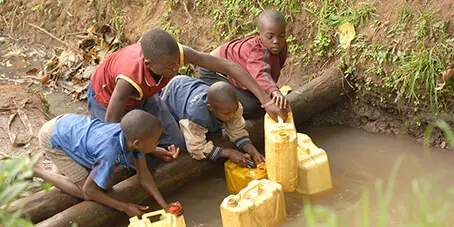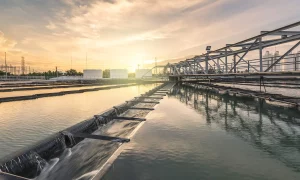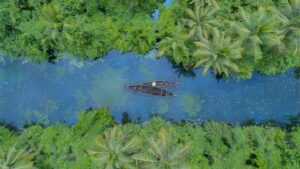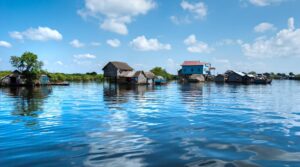Vatten, sanitet och hygien och ursprungsbefolkningar: en genomgång av litteraturen
Nivåerna av sanitet och vattenförsörjning täckning samt hälsa uppnås är låg bland ursprungsbefolkningar. Detta undantag från grundläggande service har inte studerats tillräckligt. Den aktuella översynen har analyserat 185 artiklar om ursprungsbefolkningar och vatten, sanitet och hygien komplex. Litteraturen är dramatiskt skev mot vattenresurser, och överväldigande med fokus på konflikter, på bekostnad av grundläggande sanitet och hygien. Det behövs fler initiativ för erkännandet av ursprungsbefolkningarnas världsuppfattningar och institutioner i alla aspekter av vattenförvaltningen cykeln. För detta ändamål, är av avgörande betydelse att utveckla effektiva mekanismer interkulturell dialog.
The denial of water rights and/or the discontinuation of historical water uses constitute everyday forms of discrimination against indigenous groups. Boelens (2008) highlights the enormous impact on the Andean waterscape of thousands of low-profile water struggles, which nonetheless tend to escape public attention. In this vein, other authors suggest that in maintaining their own water culture, indigenous peoples resist the hegemonic discourses of modernization. In doing so, however, “Andean communities also invited their own marginalization from mainstream processes of development” (Vera Delgado & Zwarteveen, 2008, p. 119). Many of the current conflicts and struggles of indigenous peoples over water are related to large-scale or commercial development projects, such as dams and mining. Indigenous peoples have been the main cost bearers of many dam projects, often without consultation or the ability to influence outcomes, or without compensation (Magadza, 2006; Ortolano & Cushing, 2002; Windsor & Mcvey, 2005). Where resettlement with compensation has taken place, the loss of culture and identity continues to provoke social traumas for generations (Andre, 2012), due to indigenous peoples’ deep attachment to specific territories (Windsor & Mcvey, 2005). And mining, according to many activists, represents just one more act of exploitation that can be added to a history of exclusion of indigenous populations (Mérida & Krenmayr, 2008, cited in Rasch, 2012). Conflicts over water related to development projects also include indigenous peoples’ access to fisheries, as a subsistence mechanism of coastal and river-based communities (Capistrano & Charles, 2012; Capistrano, 2010). According to Hitchcock, Sapignoli, and Babchuk (2011), disregard and dispossession from water resources are results of the stigma of anomaly and abnormality attached to the indigenous communities in the Andean region, which can also be found in other areas of the world. Moreover, water rights and uses are increasingly challenged by agents from Water International 281 Downloaded by [83.241.247.131] at 01:23 26 November 2014 utside the local area, which extends the conflicts to regional and even international levels (Boelens, 2011). The struggle is not simply over resources as such but also over competing rationalities and the normative constructs tha
Lesson learned
- Self-identification as indigenous people at an individual and/or collective level
- Historical continuity in and strong cultural links to specific territories and resources
- Unique social, economic and political systems that are to some degree maintained
- Unique languages, cultures, beliefs and knowledge systems that are to some degree maintained
- Determination to sustain and develop their identity and unique systems as distinct peoples and communities – Being non-dominant groups in society




